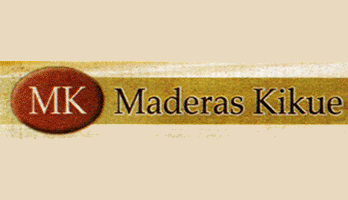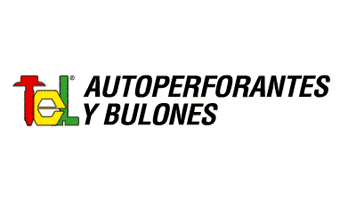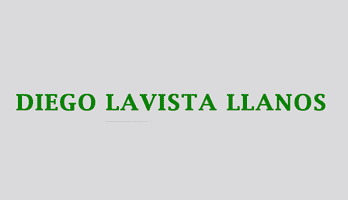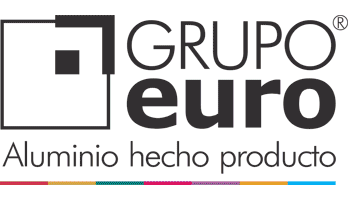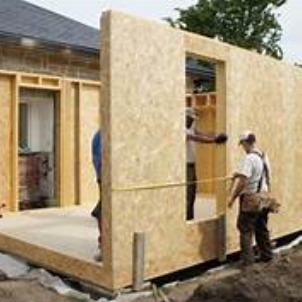
Renovations, construction of houses and extensions made of wood gain speed, comfort and efficiency in the country
In private neighborhoods, the Coast, the Coast and Patagonia, the choice of homes with dry works is growing. Speed, low environmental impact and energy savings.
In private neighborhoods of Greater Buenos Aires, in coastal towns and in Patagonia, wood construction is consolidated as an efficient, sustainable and adaptable option. What a decade ago was a marginal alternative is now gaining ground in residential projects, extensions and remodeling. The trend is gaining ground among young families looking for comfort, speed and less environmental impact. On the Atlantic Coast, Mesopotamia and southern Argentina, dry systems with a wooden structure are multiplying. The Argentine Chamber of Wood (CADAMDA) estimates that demand is growing constantly and that the sector is already going through a stage of structural expansion. A few years ago, no house was seen under wood frame style construction (it is a dry construction system based on a structure of treated wood that forms a framework of beams and insulating panels, which allows the construction of solid, efficient and quick-to-execute homes) in gated communities; Today it can be estimated that at least one or two in every hundred are already of this type, stated Germán Gómez Picasso, from Reporte Inmobiliario. The president of CADAMDA, Daniel Vier, pointed out that wood is an efficient, sustainable structural material with incomparable comfort. In his opinion, the current impulse does not respond only to a global ecological trend. In Argentina it represents a strategic opportunity to add local value, boost the regional economy and respond efficiently to housing demand. It is essential to strengthen the coordination between the State, industry and academia to advance regulations, technical training and financing that allow these solutions to scale nationally, he expressed. Thermal comfort and energy efficiency In a country where heating and cooling explain close to 4�% of residential energy consumption, the use of insulating materials is key. Wood, due to its cellular structure, acts as a natural thermal and acoustic insulator. A 1�-centimeter wooden wall can insulate up to 3.6 times more than brick and 5.7 times more than concrete. This property translates into homes that are naturally cool in summer and warm in winter, with energy savings of up to 3�%, depending on the climate zone. In regions with extreme temperatures, such as Patagonia or the Atlantic Coast, this differential allows us to reduce dependence on air conditioning equipment. Wood is the only construction material that is renewed over time and improves peoples quality of life, Vier added. Argentina has the potential to lead a transition towards more efficient, accessible and environmentally friendly housing.Fast, clean and adaptable constructionWooden framing systems make it possible to significantly reduce construction deadlines. Unlike traditional wet construction, wood frame or CLT (cross-laminated timber) homes are built with less waste generation and without interruptions due to weather conditions. The wood frame is the most used method in the world and the one that predominates in more than 9�% of homes in the northern hemisphere. Its adoption is also growing in Argentina, where it is combined with technologies such as CLT, capable of supporting multi-story buildings. Safety and myths about fireUnlike what is often believed, treated structural wood is more resistant to fire than other construction materials. It begins to burn from the outside to the inside, but retains its load-bearing capacity for a long time, which facilitates evacuation and reduces risks. Due to its thermal behavior and its ability to maintain structural stability at high temperatures, wood has advantages over steel, which deforms before reaching the ignition point. In addition, it has less environmental impact in its production process.
IT MAY INTEREST YOU
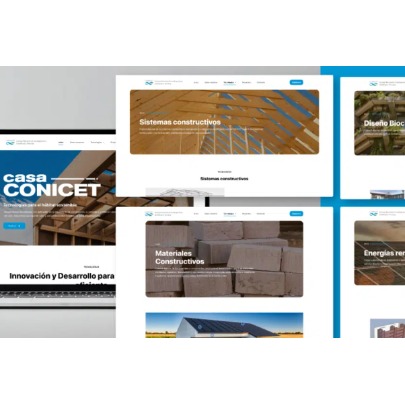 Conicet launches a portal to build houses with less environmental impact
Conicet launches a portal to build houses with less environmental impact
Casa Conicet is the new platform that brings together scientific developments in construction, energy and bioclimatic design, with solutions designed for more sustainable homes throughout the country.
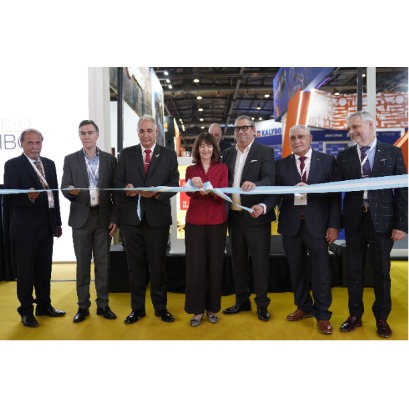 National, regional and sectoral authorities participated in the opening ceremony of ExpoFerretera 2�25
National, regional and sectoral authorities participated in the opening ceremony of ExpoFerretera 2�25
Buenos Aires, October 2�25 – At the opening ceremony they coincided representatives of the entire hardware value chain. There, the main Sector leaders ratified the strategic role that the spaces of meeting and networking. Furthermore, the second day of the event passed with an agenda full of activities.
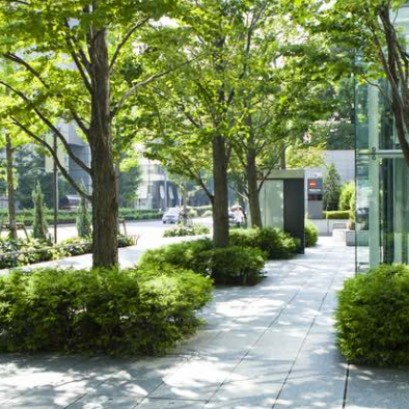 The trees that best cool cities: keys to planting against urban heat
The trees that best cool cities: keys to planting against urban heat
Urban trees are not just an ornament: they are climate infrastructure. Some species cool more than others thanks to their shade and evapotranspiration. Researchers in Valencia identified which ones work best to reduce temperatures in urban environments and how their correct distribution can transform sweltering neighborhoods into liveable places.











